This is Little Moreton Hall in Cheshire, England. The first oak and wattle that hit the ground there was around 1504-1508 and construction continued with various extensions for another 100 years as the Moreton family prospered. The house stayed with the same family up to 1938 when it was given to the National Trustfor its future care. The house is very sparsely furnished giving visitors a unique opportunity to study Tudor building techniques and architecture. To give you a real flavour of life in the period, below you will find a gingerbread recipe from the house that dates back to 1591.
The Tudors had a more varied diet than you might think. This is a recipe for gingerbread from the house in the English used at the time.
Take good honey & clarifie it on the fere, & take fayre paynemayn or watel brede & grate it, & caste it into the boylenge hony, & stere it will togydr faste with a sklse that bren not to the vessel. & thane take it doun and put thein ginger, long prepare & saundres, & tempere it up with thin handel; & than put hem to a flat boyste & strawon suger, & pick therin clowes round about by the egge and in the myundes if it plece you.
Here is the 'translation' with extra details:
500g clear honey
500g fresh breadcrumbs (at the time it was likely to be from spelt or rye sourdough bread)
2 teaspoons ground cinnamon
2 teaspoons ground ginger
1 teaspoon ground black pepper
Fresh box leaves and whole cloves, to decorate
Warm the honey until quite runny (commercial honey doesn't need to be skimmed). The Tudors loved brightly coloured foods, and would have used a natural dye to colour this treat. Pour into a large bowl and mix in the breadcrumbs and spices. It should be very stiff, if not add a more breadcrumbs.
Line a shallow rectangular cake tin with non-stick paper and press the mixture into it. If it is a little difficult to do this, then press down with your fingers dipped occasionally in cold water. Ensure the top is quite level, allow to firm up for an hour or two. Turn out onto a sheet of baking paper and cut into small squares. If you have any, decorate each square with two small box leaves and a clove.
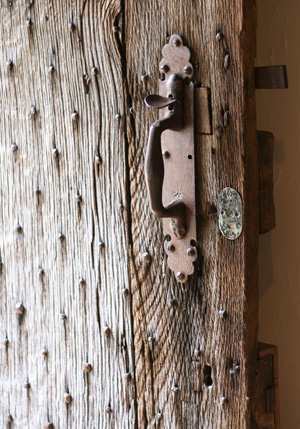
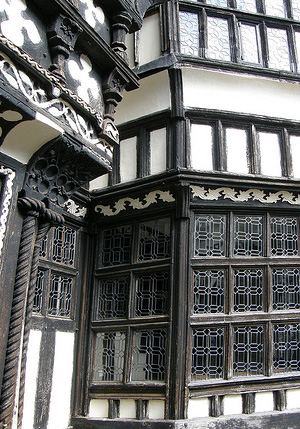
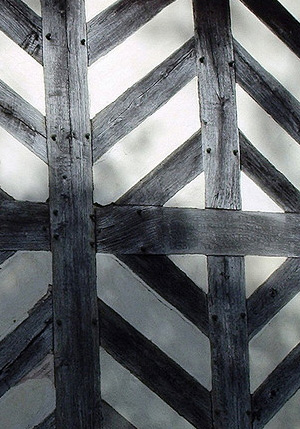
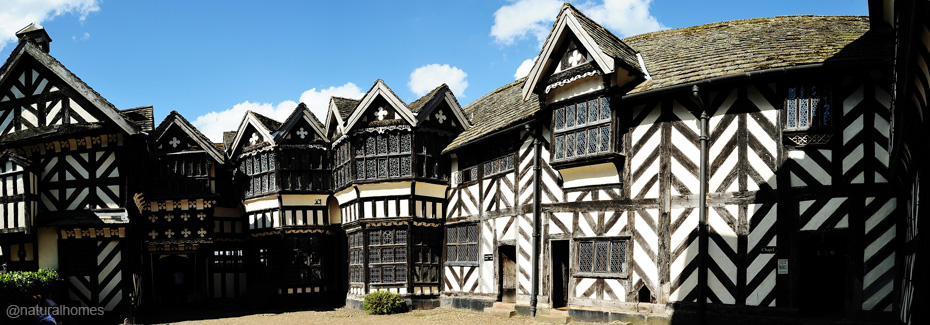
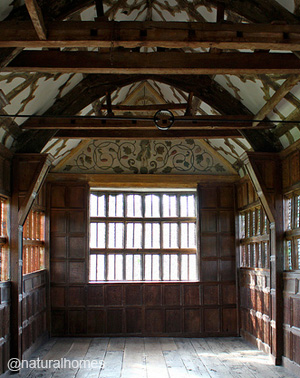
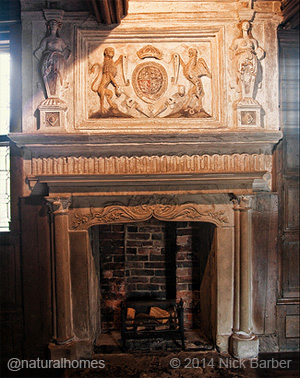
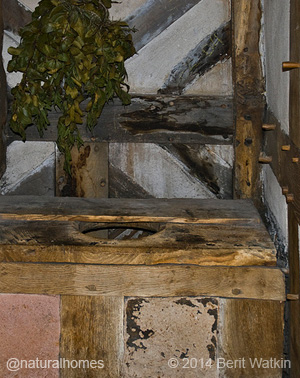
The loos in these times (above right) were very basic. Henry VIII’s courtiers at Hampton Court shared a ‘great house of easement’ with 28 seats over brick-lined drains that took the waste into the River Thames. Tudor people would ‘pluck a rose’ (have a wee) almost anywhere, like the fire place. Poor people would wipe themselves with leaves, moss or stones; better off people used old bits of cloth. They called the loo 'the jakes'. In 1596, Sir John Harrington, godson of Elizabeth I, invented the first water closet with a flush. Queen Elizabeth was so impressed that she had 'a john' built at Richmond Palace.
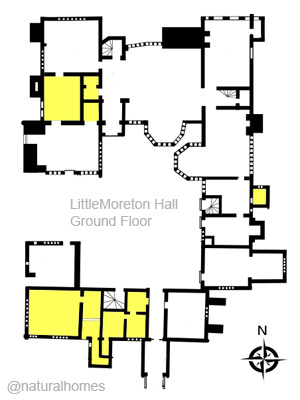
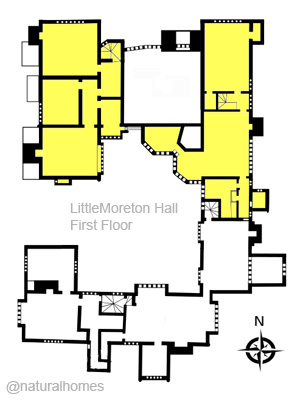

No comments:
Post a Comment